By Jennifer Dorsett
If you travel along any major highway in the northern half of Texas this fall, you’re likely to see cotton harvest underway. If you live or travel the southern half of the state, you probably saw cotton harvest happening over the summer.
But what exactly is going on out there? We know it’s harvest, but how exactly does it all work?
Here’s a breakdown of the process.
Pre-harvest
How does a farmer know the cotton is ready for harvest? The bolls will burst open, exposing the fluffy white fiber inside.
This occurs around July in South Texas, while the central and northern parts of the state usually start harvest in September through early November.
Farmers must balance optimal growth and boll production with weather threats, such as rain or snow, which can degrade the fiber quality or reduce yields. Sometimes, farmers use chemicals known as harvest aids to help the crop progress before bad weather chances increase.
Harvest aids help farmers maximize harvests by stimulating plants to shed leaves, eliminating the main source of stain and trash in harvested cotton fibers. They also help to dry out the crop enough that bolls are easily separated from the plant during mechanical harvest. Other harvest aids can stimulate boll opening and maturation and help preserve fiber quality as farmers work to harvest the crop.
Harvest aids are applied either using a sprayer or by crop dusters, which are specialized airplanes.
In both application methods, only a small amount of active chemical is used. The chemical is mixed with water and adjuvants before being applied to the cotton crop in a fine mist.
Farmers apply the mixture carefully, so they don’t damage other nearby crops. These products are also often very expensive, so farmers are careful not to overmix the chemicals or waste them by spraying in unintended areas.
The cotton is ready for harvest at this point.
Harvesting
Stripper or picker? Although they sound funny, these are common terms in cotton farming. They refer to the different types of machinery used to harvest cotton.
A cotton stripper pulls the entire boll off the plant, along with its leaves and branches. After being separated inside the harvester, the resulting fiber, called seed cotton, is directed separately into a basket.
A cotton picker pulls cotton from the open bolls, resulting in cleaner seed cotton because the plants’ boll husk, leaves and stalk are left intact. Just like with the cotton picker, the seed cotton is collected in a big basket.
Farmers decide whether to use a cotton stripper or picker based on the variety of cotton they grow. In Texas, almost all cotton in the High Plains, Rolling Plains and Blacklands is stripped, while farmers the Coastal Bend, Upper Gulf Coast and Lower Rio Grande Valley use a mixture of pickers and strippers to harvest their cotton.
Another machine you may see in the field is a tractor pulling what’s known as a boll buggy.
The boll buggy follows the harvester until the machine’s basket is full. Then, the person driving the boll buggy will pull alongside the harvester. The cotton picker or stripper operator will dump the full basket of seed cotton into the boll buggy, and the tractor driver will then take the fiber to a cotton module builder.
A module builder does exactly what its name suggests—builds cotton modules, which are about 32 feet long and weigh about 10 metric tons, equivalent to 22,050 pounds.
Modules are tarped, or covered with a big plastic sheet, to prevent excess moisture from damaging the module until it can be ginned.
A popular new machine, the round baler, is another common sight in Texas fields these days.
The round baler eliminates the need for separate boll buggy and module builder machinery because the round module builder is on the harvester. Bales are built as the harvester travels the field and are deposited once they’ve reached a certain size. The machine also wraps each individual bale in a plastic module wrap, so there’s no need to tarp the modules later.
After harvest
After a field is harvested, module trucks, or semi-truck rigs with special trailers, come along and pick up the modules or round bales, then transport them to the gin yard to await ginning.
At the gin, the seed cotton is “cleaned,” or further processed to remove any other trash and separate the cottonseed from the fiber, or lint, which is pressed into 480-pound bales.
The cottonseed is used for either animal feed or sent on to be pressed for cottonseed oil and other uses.
The cotton fiber is then sent a to mill where it can be woven into cloth that is used to make our bed sheets, soft towels, clothes and more!
So, there you have it: cotton harvest from field to gin. The next time you see farm equipment crawling through the cotton field, try to see if you can identify the different machinery and what each one is doing.
Click here to watch a video of the process.
Did you know?
Texas is the top cotton-producing state in the nation. Cotton and cottonseed bring in about $2.6 billion to our state’s economy.
One 480-pound bale of cotton can make:
- 215 jeans
- 249 bed sheets
- 4,321 mid-calf socks
- 1,217 men’s t-shirts
- 3,085 diapers
- 690 Terry bath towels or
- 1,256 pillowcases.
Cotton is even used to make money. U.S. currency paper is made of 75 percent cotton and 25 percent linen, according to the Bureau of Engraving and Printing.
From home furnishings and cooking oil to our cool, crisp and stylish clothes, cotton plays a role. It’s a durable crop. It’s made for Texas. And it’s a relationship grown to last.
Test your knowledge of cotton with this guided activity: https://txfb.us/AITCcottonactivity

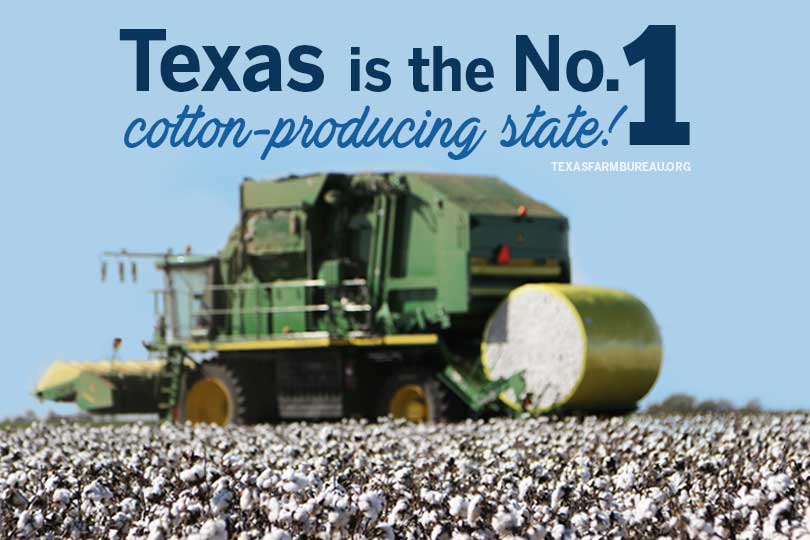
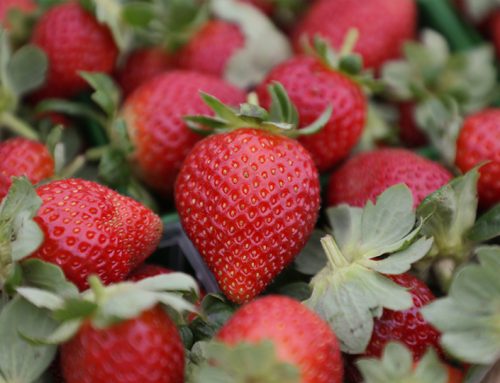
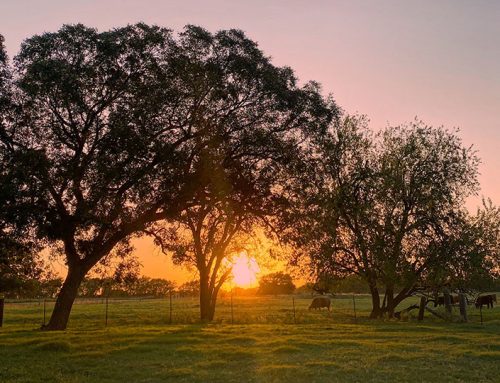
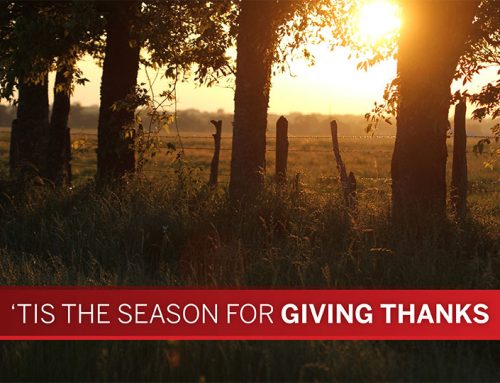
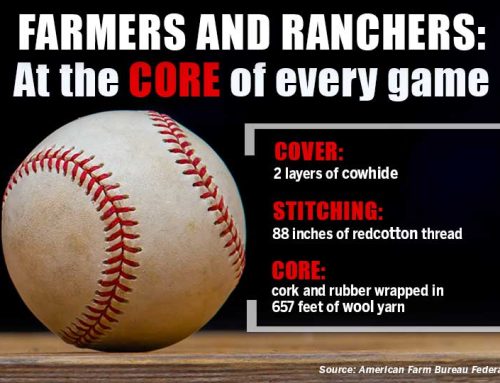
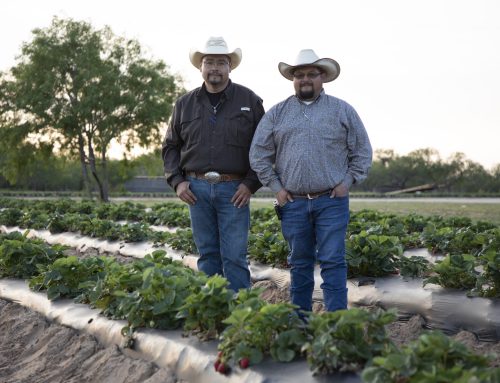




Leave A Comment